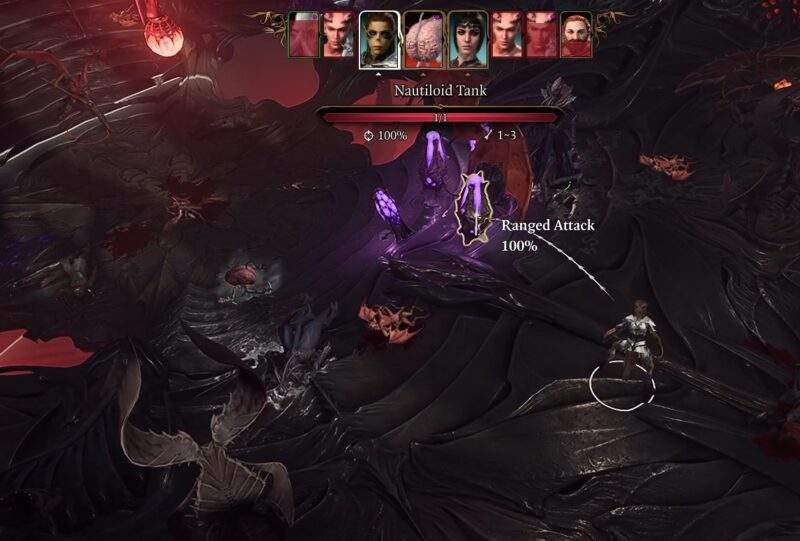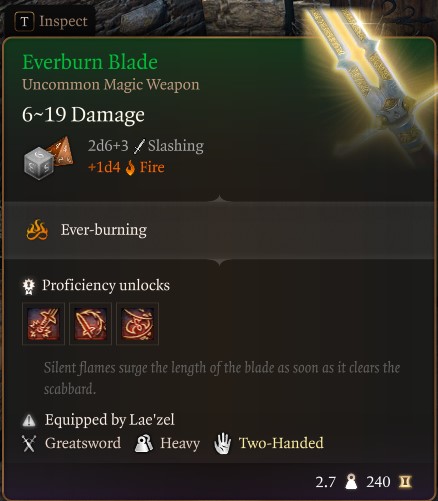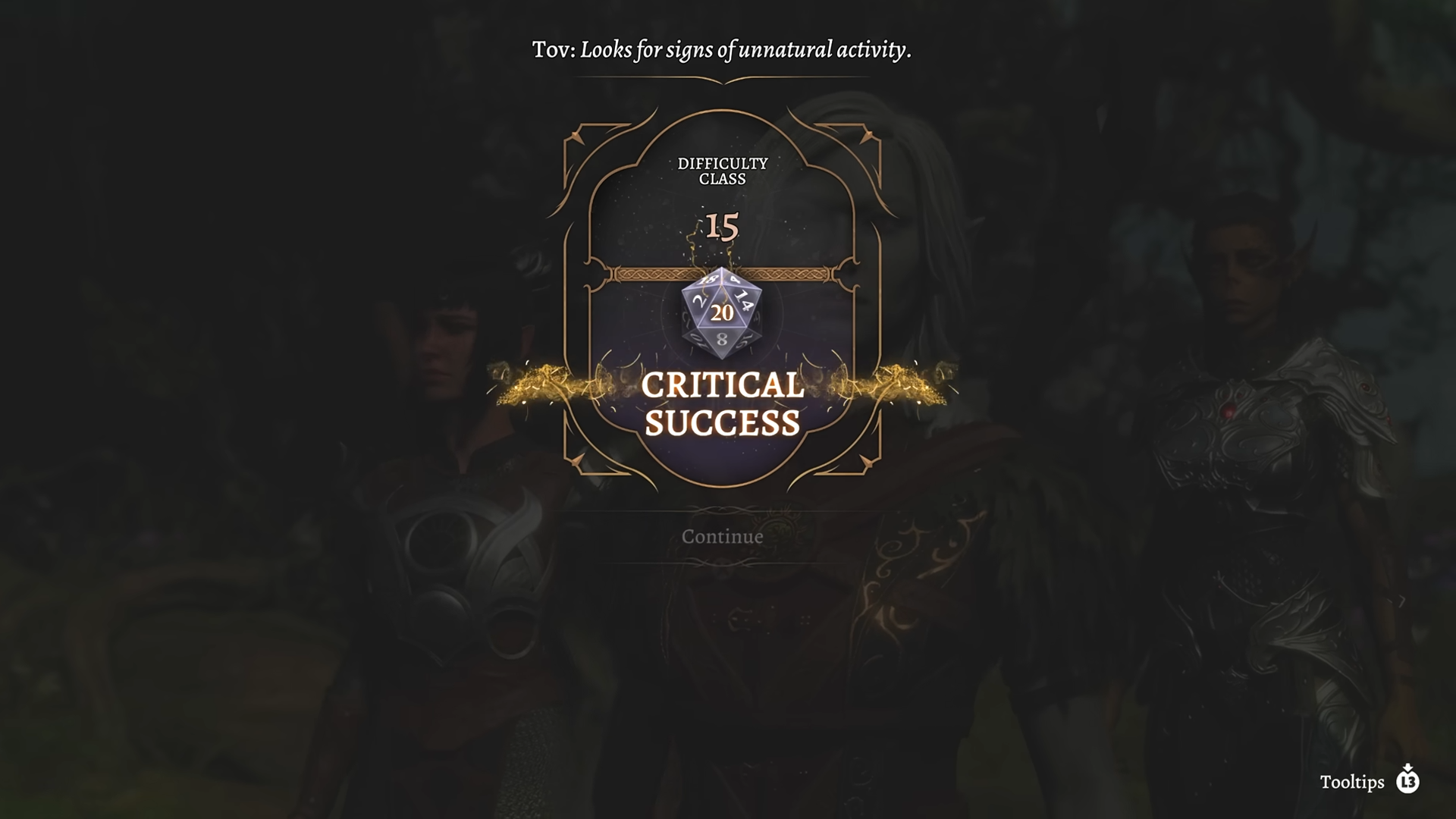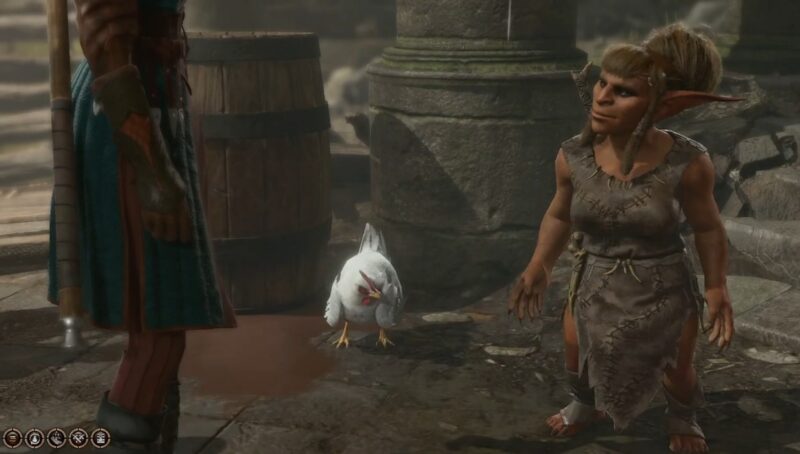In this Launch Day Guide, we explore some of the best options, strategies, and paths you should take the first day you play Baldur’s Gate 3.
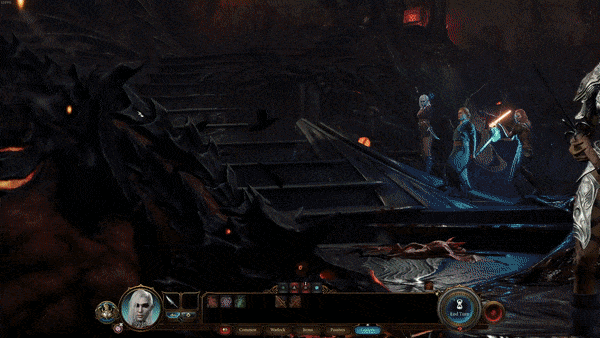
Welcome to the Baldur’s Gate 3: Launch Day Guide! The long-awaited and highly anticipated full launch of Baldur’s Gate 3 is finally here, and we are thrilled to be your companion on this epic adventure. Developed by Larian Studios, this role-playing masterpiece immerses players into a world of magic, danger, and intrigue, set in the iconic Dungeons & Dragons universe.
Baldur’s Gate 3 uses the Dungeons & Dragons 5th edition (DND5e) rule set and its gameplay can be quite different from other RPGS. From character creation to exploration, from mastering the intricacies of combat to fostering relationships with companions, we’ve got you covered.
BG3 Launch Time
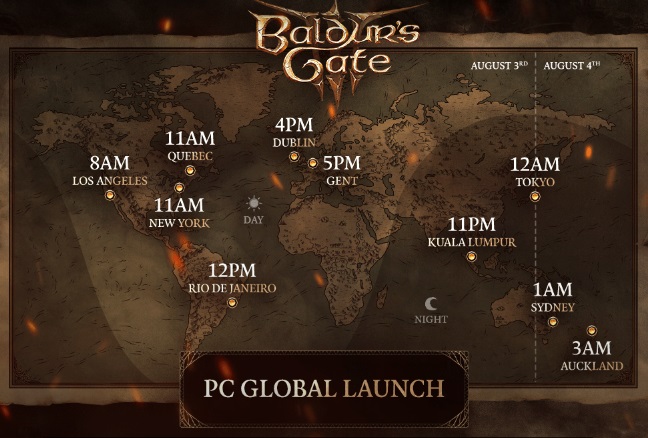
Baldur’s Gate 3 game will launch at 3 PM GMT and 11 AM EDT/8 AM PDT in the United States. Larian Studios has indicated the following start times for Baldur’s Gate 3 are:
- August 3rd, 8 AM Pacific Daylight Time
- August 3rd, 11 AM Eastern Daylight Time
- August 3rd, 12 PM Brasilia Standard Time
- August 3rd, 3 PM Greenwich Mean Time
- August 3rd, 4 PM Irish Standard Time in Ireland
- August 3rd, 5 PM Central European Summer Time
- August 3rd, 11 PM, Malaysia Time
- August 4th, 12 AM Japan Standard Time
- August 4th, 1 AM Australian Eastern Standard Time
- August 4th, 3 AM New Zealand Standard Time
With these times as a starting point, you should be able to calculate your local Baldur’s Gate 3 start time. As always, game launches can sometimes be a bit rough out of the gate, with players all trying to download and launch at the same time. Pre-load has been confirmed NOT going to happen according to their latest community post. So, expect to fight other players downloading on steam on launch.
Create Your Character
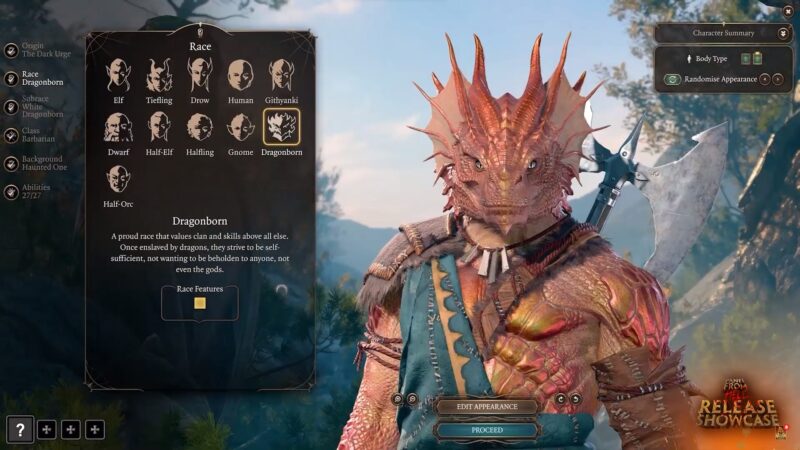
First thing you’ll need to do is create a new character upon the full game release. Save files will not transfer from early access, as this game version is significantly different. When creating your character, you will have the option of 12 classes, 11 races, and 46 sub-classes to pick from. Each of these has bonuses, pros, and cons. We suggest you click the individual builds for custom load-outs but for brevity’s sake.
Here are some important factors of the character creator in Baldur’s Gate 3:
- Origin: Background defines your character’s origin and statistics that influence the role-playing aspect of Baldur’s Gate 3.
- Race: Your race is your character’s physical, and cultural heritage, each with its own unique abilities, starting stats, and appearance options.
- Appearance: You can customize your character’s face, hair, skin, and body. You can also choose their gender and voice.
- Skills: are passive talents that help your character perform certain tasks, each with its own associated ability score.
- Abilities: There are six ability scores in Baldur’s Gate 3 each determining how well you perform certain actions.
When creating your character in Baldur’s Gate 3, you will need to decide on your origin, race, appearance, skills, and abilities. These choices will have a significant impact on your character’s playstyle and how they interact with the world. Check our builds here for specific load-outs and experiment with your character and various play-throughs.
Picking Right Class

Choosing a class in Baldur’s Gate 3 is an important decision. There are 12 different classes to choose from, each with its own unique strengths and weaknesses.
Here is a brief overview of each class in Baldur’s Gate 3:
- Barbarian: aggressive, melee-focused warriors who have high durability and no spell-casting potential.
- Bard: is a support class that excels at story aspects of the game rather than pure combat performance.
- Cleric: are divine spellcasters who are skilled in healing and support but can also do damage as well.
- Druid: are nature-based spellcasters who are skilled in healing, supporting, and shapeshifting into various creatures.
- Fighter: the most versatile warrior type class with flexibility in armor, weapons and extremely simple to play.
- Monk: Monks are agile warriors who excel in close-quarters combat and the class was not available during early access.
- Paladin: holy warriors who play like a melee warrior but have a variety of spells and healing options.
- Ranger: are your prototypical ranged archetype that excels with bow, stealth, and some spell casting ability.
- Rogue: are skilled in stealth, lockpicking, and disarming traps along with doing huge amounts of critical damage.
- Sorcerer: are powerful spellcasters who have metamagic allowing them to manipulate magic to increase range, area, or multi-cast per turn.
- Warlock: are the simplest-to-play cantrip-based caster who has little variety in spells.
- Wizard: have the most variety in spells, and the most variety and subclasses making them great for versatility.
Here are some of my recommendations for those unfamiliar with DND or Baldur’s Gate 3. For simplicity and brand-new players, pick a Fighter. You will be very powerful straight away and is by far the least complex. Spell casting, it’s hard to not pick the Wizard because of the sheer variety in spells and subclasses. For support, Cleric is a great option in combat-heavy gameplay, while Bard excels at role-playing and story-based focused gameplay. Stealth-type players, you cannot go wrong with the Rouge. And the most interesting and different from other RPGS is the Druid, allowing you to shapeshift (wild shape) into other creatures.
Ultimately, the right class for you will depend on your preferred playstyle, your desired role in a party, and the story you wish to craft for your character. Embrace the adventure, experiment with different classes, and remember that Baldur’s Gate 3 offers a rich and dynamic experience that encourages multiple playthroughs to explore the vast potential of each class. Choose wisely, and may your path be paved with greatness and heroism!
Tutorial & Prologue
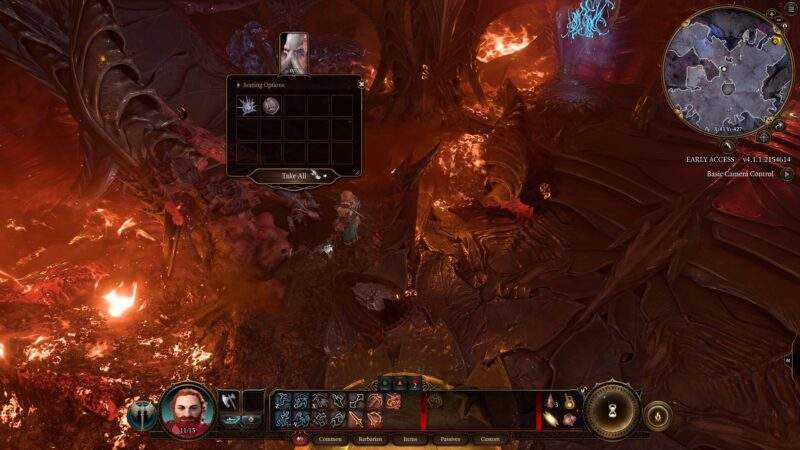
After character creation and completing the cutscene, you will need to complete the prologue tutorial for the game. The tutorial will teach you various aspects of the game, introduce you to companions and allow you to collect a lot of valuable items.
Your priority is to loot everything! You can press and hold the left Alt key on your keyboard. This will flash objects that are lootable or interactable. You also can explore different areas which you cannot reach with the jump bonus action on your hotbar or press z by default(blue)
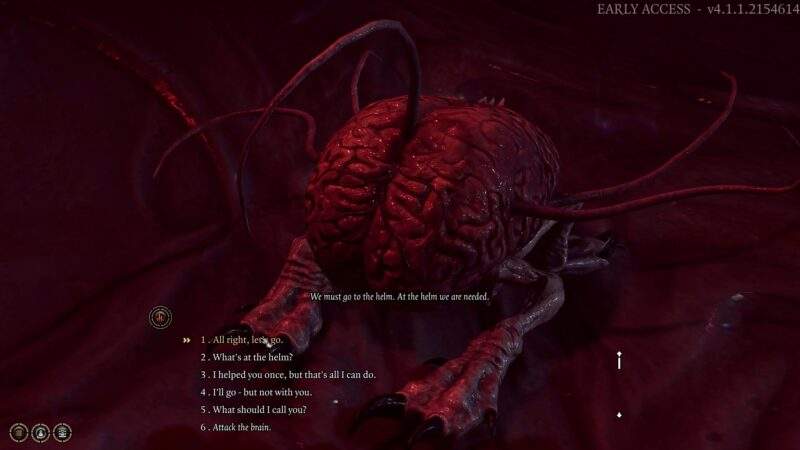
In the second room, you will reach an elevator-type object called a Neural Apparatus. Take it to the second floor where you meet a trapped person in a chair, Myrnath. You can interact with Myrnath and talk to the brain. This introduces you to dialogue check. Your goal is to free the brain and not destroy it. An example is Strength Check to break the skull with a Barbarian build. If you complete this correctly, you will get an extra NPC to control with 11 health points for the rest of the tutorial and is very helpful.
Next, make your way through the tutorial finishing the companion introduction and combat explanation. You should kill and loot everything on your way. You will encounter some purple Nautiloid Tanks along your way. Carry these on a strength-based character if possible for a cheesy strategy at the end.
In the final room, you see a Mindflayer and Commander Zhalk fighting it out. You are supposed to b-ling to the panel at the far back of the room. You can kill both the Command and the Mindflayer when they are low health with the tank and look like a very powerful Everburn Blade heavy greatsword. Ideally, your group stays in stealth with one strength character putting the barrels on top of the enemy. Get away from the area and hit it with Fire Bolt Cantrip and explode. Loot the sword, and hit the panel to complete the tutorial.
If you loot, kill, and collect everything, you should start at level two with an ultra-powerful sword to go with a strength-based character! Now you arrive on the shore and your next goal is to unlock all the companions.
Finding Companions
Companions are characters that you can recruit to join your party. They will accompany you as you explore and fight, and you will learn more about their past, personalities, and goals through a series of cutscenes and dialogues with multiple outcomes. Each companion brings something different to the player’s experience and the story. You can interact and change out companions and group composition at your camp.
Here is how to unlock all the following companions in Baldur’s Gate 3:
- Shadowheart: talk to her along the very beginning shore near the Abandoned Ruins.
- Astarion: found on Ravaged Beach, to the west of where you land after the crash.
- Gale: Head north from the crash site and Gale appears at Roadside Cliff shrine.
- Lae’zel: free Lae’zel from captors just north of Roadside Cliffs.
- Wyll: head north to Druid Grove, survive goblin attack and speak in the Hollow Cave city.
- Karlach: head south of the risen road on a stream to the east.
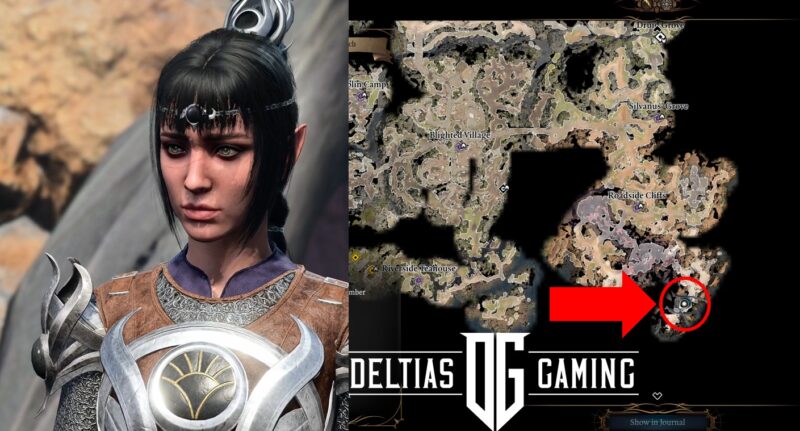
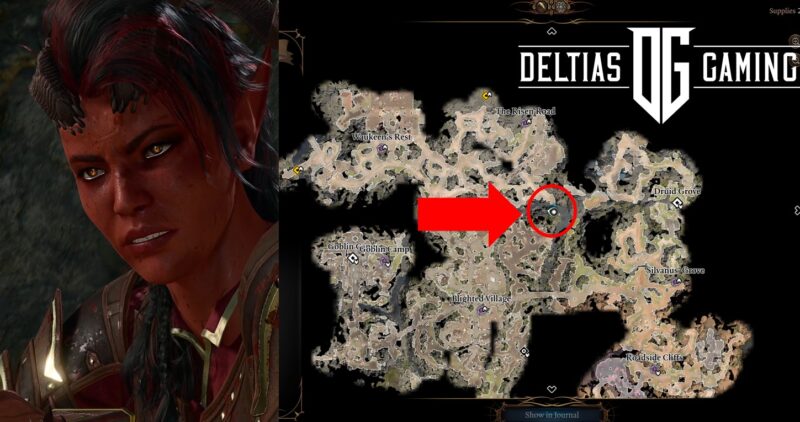

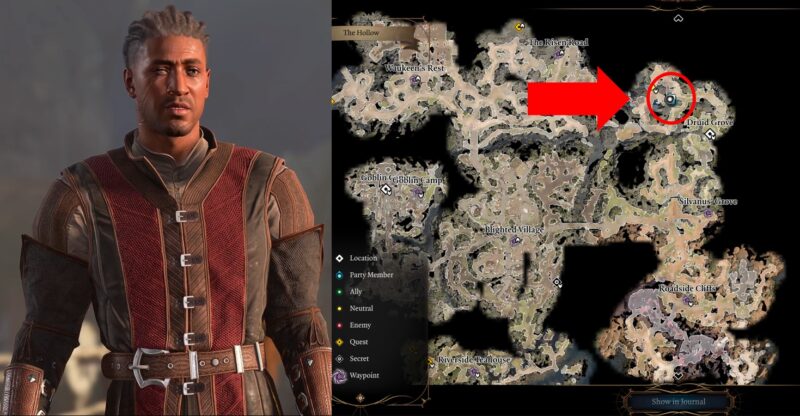
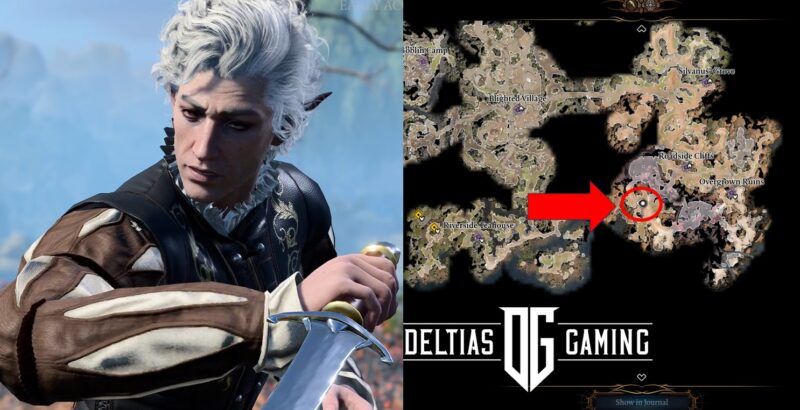

Once companions have been unlocked, you can customize your party composition which is critical for success in the game.
Party Composition
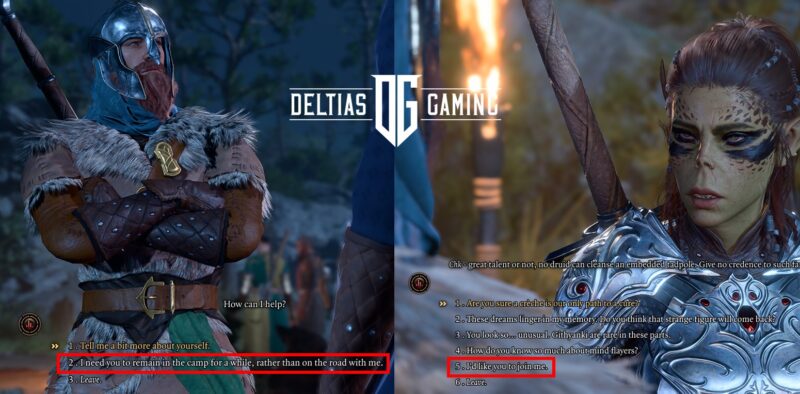
Party composition is one of the most important aspects of Baldur’s Gate 3. The companions you choose to bring with you on your journey will have a significant impact on your ability to succeed in combat, solve puzzles, and navigate the world. After you’ve recruited companions, you can choose your party with up to three additional companions.
Here’s our suggestion on party composition in Baldur’s Gate 3:
Melee: having a melee-aggressive member of your party is essential for survival. You need one party member to be the “tank,” absorbing damage, getting enemies’ attention, and hopefully so big damage as well. The companion to fulfill this role is Lae’zel, and if you’re playing this role, we recommend Fighter or Barbarian.
Spell Caster: what the spell caster brings to the party is a variety of spells and area-based damage. Utility spells like feather fall, light, and others are incredibly helpful in navigating the world. Once you get into combat, the area-based damage should be the focus, allowing the spell caster to provide huge damage in a short burst. Sorcerers provide the most burst because they have Metamagic giving them more actions or cast per turn. While the Wizard has more variety and can learn spells by consuming scrolls. The companion that fulfills this role is Gale and we highly recommend filling this role in your party.
Stealth: you need stealth, lockpicking, and pickpocketing thieves and no one is better than Astarion. The Rogue class also makes a great fit in this role with the Thief subclass. The Rogue class is also extremely easy to play and understand with huge critical damage.
Support: the support classes come in the form of Cleric, Bard, and Druid. My personal favorite is the Cleric because they have powerful buffs, healing, and decent damage at the start. The Bard is more of a role-play, dialogue-based class pick rather than combat effectiveness. The Druid makes an interesting choice that can shapeshift into creatures and also provide some support. I’d recommend Cleric or Shadowheart to fulfill this role.
There is no one “right” way to build your group in Baldur’s Gate 3. The best group composition will vary depending on your play style and the challenges you’re facing. However, by considering the factors above, you can create a group that will be well-equipped to handle whatever the game throws your way.
Unlocking Withers
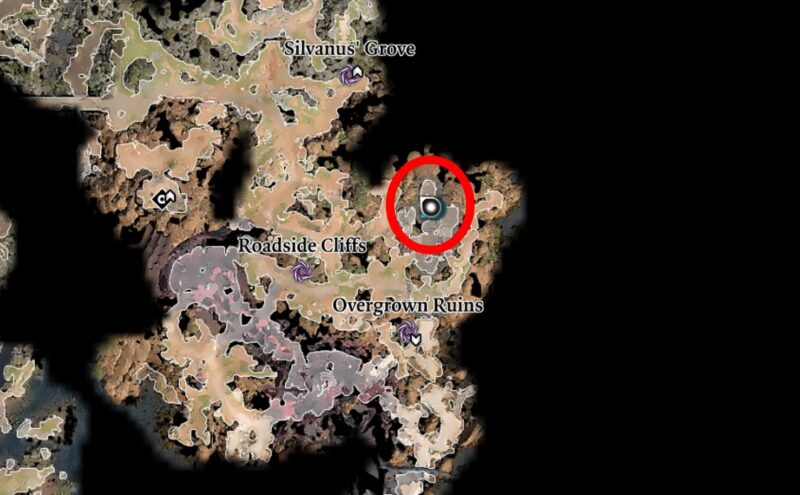
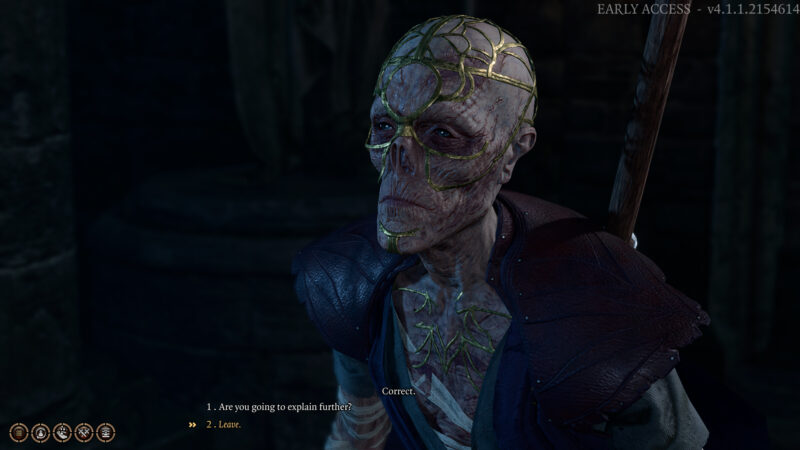
The next objective is to unlock Withers’s non-playable character (NPC). He is a mysterious and terrifying skeleton who can be found in the Dank Crypt. You provide two useful services, respec or re-rolling your character allowing you to change various selections you made in character creation. He also allows you to resurrect fallen allies for gold
To unlock Withers, you will need to:
- Find the Dank Crypt located in the Overgrown Ruins area of the game.
- Enter the Ruins, complete the fight and dialogue, and take the Chapel Entrance.
- Navigate to the back of the Crypt where you will discover a button with a perception check.
- Press the button to start a battle and survive the battle.
- Talk to Withers and answer his questions, and he will return to camp.
Withers will now permanently be in your camp and will provide essential services for you going forward!
Level Progression
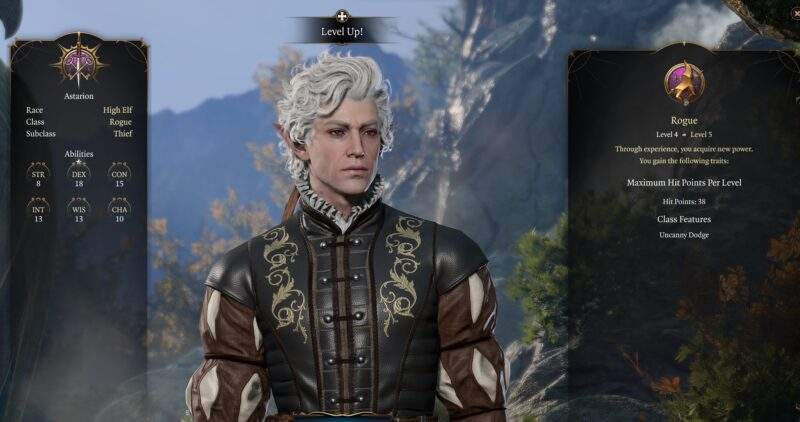
In Baldur’s Gate 3, you level up by gaining experience points (XP). XP is rewarded for completing quests, defeating enemies, and interacting with the environment. Once you have accumulated enough XP, you will level up and gain several benefits, including:
- Increased hit points
- New abilities
- Increased stats
- New feats
The maximum level in Baldur’s Gate 3 is 12 and certain levels have you make important decisions. Here are some to keep in mind early in the game:
- Level 1: character creator, race, and possibly subclass (not every class).
- Level 3: Level 2 spells and subclass selection might come at this level.
- Level 4: pick a feat or ability score improvement.
- Level 5: huge power spike, level 3 spells for casters, extra attack for some melee users.
The first two levels are rather lackluster at starting the game. At level three, you get access to higher-level spells and your casters start to feel more powerful. Also, the subclass selections may come at levels 1, 2, or 3 depending.
At level four you have a critical decision, either pick a feat or ability score improvement. The simplest and most effective for the newer player is simply increasing your primary ability. Meaning +2 to strength for a Barbarian, +2 to dexterity for a Rogue, and so on. Ideally, you want to land on an even number. Even numbers are when you have a higher ability modifier which helps in a variety of ways. If for some reason, your scores are off or you started with two 17 ability scores, increase them both to 18.
For feat, they are extraordinarily strong but also can mess your character up if you select the wrong one. One I personally like is Great Weapon Master on a Fighter. It allows you to use your bonus action as an Attack if you’ve killed or critical strike an enemy. At level five, the number of attacks and actions you get with a Fighter seems insane. Thankfully, you can experiment and use Withers to respec and try different loadouts. Also, follow our guide and builds for proven linear progression.
Looking for more Baldur’s Gate 3?
Thank you for reading our Baldur’s Gate 3: Launch Day Guide. We provide the latest news and create guides for Baldur’s Gate 3. Additionally, check out our website, watch Deltia play games on Twitch, or visit his YouTube channel!
 Reddit
Reddit
 Email
Email
